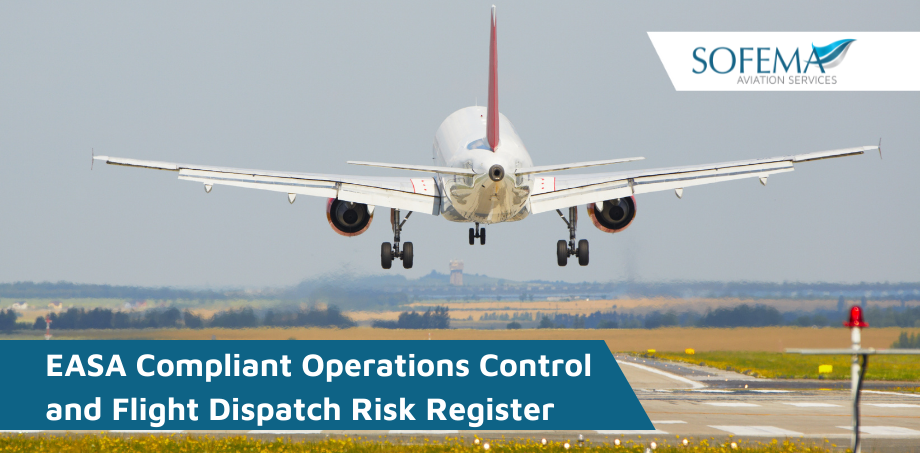Sofema Aviation Services (SAS) www.sassofia.com considers the importance of managing the risks in a systematic and controlled way using a Flight Dispatch Operations Control and Flight Dispatch Risk Register as the Fundamental Tool.
Hazard identification is the foundation of the risk management process in an SMS and may be conducted reactively, proactively, and even predictably. A Hazard is something with the potential to cause harm, and a risk is the potential outcome of a hazard.
What is the difference between a Safety System Hazard Register and a Risk Register?
A hazard register is a source of information from which we can consider the risks, whereas a risk register contains information related to the nature of the risk (clearly a risk register serves a higher purpose).
The Visibility of Hazards
- Visible hazards – Are essentially obvious they can be observed, smelt, heard, tasted, or felt.
- Hidden hazards (Sometimes known as latent hazards) are not so easily understood and can relate to either physical hazards such as electricity or non-physical related to poor training, stress, etc.
An Effective Risk Register Process can support the following SMS Analysis:
- ‘Reactive’ risk management (incident investigation.)
- ‘Proactive’ risk management (Used to identify potential risks)
- ‘Predictive’ risk management (supported by Data to identify the area of exposure)
As part of the development of an EASA compliant SMS related to Organisation & Administration Activities, the Safety Management System will benefit from the development and continuous monitoring of a Risk Register.
A risk register is a crucial part of your approach to managing these risks. It’s a tool to help you identify, assess, and record your risks and the actions you’re taking to eliminate or minimize them.
For each of the following items perform a risk assessment and ask the following 5 questions which help you determine the level of exposure that currently exists in your organisation:
- Is this an issue in our organisation?
- If it is not considered an issue, how can I demonstrate – where is the evidence?
- How can I measure the effectiveness of the current process?
- How effective is documentation/training?
- If there are changes in this element how effective would the system accommodate the changes?
Examples of Potential Operations Control and Flight Dispatch hazards which can be risk assessed for your organisation:
- Lack of, incorrect or incomplete flight planning
- Poor fueling processes
- Lack of or poor aircraft dispatch or release
- Incorrect cargo loading and distribution
- Improper or unauthorized hazardous materials carriage
- Poor cargo and baggage stowage
- Incorrect information on cargo or baggage loaded
- Improper stowage of carry-on baggage
- Improper weight and balance calculations
- Use of obsolete documents
- Improper response to flight route changes
- Airport Jetway
- visual docking guidance system
- marshaller
- De/anti-icing truck/rig
Next Steps
Follow this link to our Library to find & Download related documents for Free.
Sofema Aviation Services www.sassofia.com and Sofema Online www.sofemaonline.com provide multiple training courses related to Safety Management System Risk and Hazard Training Courses. For more information, please see our websites or email team@sassofia.com
Tags:
aviation, EASA, Risk, Risk Management, Safety, Safety Management System, Hazard, Risk Register, Aviation Safety Management System, Aviation SMS, Aviation Risk, Operations Control, Flight Dispatch, SMS Analysis, flight planning





